The Secret Lives of Words: Snails running rampant across Panhandle
Well, maybe not running – more like sluggishly, slimily slogging. But they are getting to be rampant, at least according to the Apalachicola Regional Stewardship Alliance, as reported in the March 7 Times by editor David Adlerstein.
Critters that are becoming problematic along the Panhandle, in what’s called the Cooperative Invasive Species Management Area, include the Cuban treefrog, the lionfish, and of course, and long since, feral hogs (I’ve written about them here before).
Now a wild pig can be mighty scary if you confront one deep in Tate’s Hell up 65. But far more frightening, at least enough that the alliance folks are keeping a close eye on it, is the little guy commonly called the Ghost Snail.
“Ghost” may sound spooky enough, but the Latin genus-species name Bulimulus sporadicus (our words BULIMia and SPORADic are related), sounds even creepier. It more or less means “extremely hungry little guy who’s all over the place.” Yikes!
These tiny mollusks, native to South America and possibly introduced to Florida via shipping containers from Mexico, grow to only about an inch, but they are voracious. First seen in Jacksonville in 2009 and on the Panhandle in 2017, they were featured in 2021 as “Invasive Species of the Month” by Escambia County SeaGrant Extension Agent Rick O’Connor on his UF/IFAS Extension blog, and the critter has rapidly proliferated since then.
In home gardens the snail seems attracted more to leaf litter and other decaying mulch than to your vegetable plants. But they are a growing problem for our already threatened citrus groves. Drawn to irrigation microjets for moisture, they clog the jets and interfere with watering. And they chew on leaves, girdle trees with cracked bark, feed on lesions on the fruit itself and poop on it too.
The species is of concern to Florida cotton and peanut farmers as well, and with good reason since the little guys are hermaphroditic, self- and cross-fertilize, and lay upwards of a thousand eggs during their lifespan. If you spot what you think may be a bulimulus, contact Erik Lovestrand, your extension agent here in Franklin County at elovestrand@ufl.edu.
While the Ghost Snail is deservedly getting more and more bad press, a lot of folks are creeped out by all kinds of snails and slugs (which are essentially snails without shells). No surprise then that these slimers have turned up in a number of creature features. If you grew up in the ‘50s and were an avid sci-fi/horror buff, you may recall “The Monster That Challenged the World,” a black-and-white flick about murderous mollusks that emerged from a California lake following an earthquake. The space-slugs in “Night of the Creeps” (1986) slithered through their victims’ mouths into their brains, turning them into zombies. The 1988 Spanish film, “Slugs, Muerte Viscosa (Slugs, Slimy Death),” with gross gastropods terrorizing a small town, won a Goya Award for special effects. All three slugfests are available to rent on Amazon, if you dare!
Despite all this, snails get some love too. Some varieties are popular as terrarium pets, especially for elementary school kids, who love to watch them crawl, feed, and breed, though parents should be sure they’re not hosting illegal species, like the giant African land snail, which grows to over eight inches and has recently reappeared in New Port Richey. The adventuresome can find a handy primer on caring for pet snails at animals.mom.com.
In the cartoon world there’s the Slug monster student (voiced by Bill Hader) from “Monsters University” (Disney/Pixar, 2013), who was always late to class, Spongebob Squarepants’ slimy sidekick Gary, whose only word is “meow” (there’s a hilarious YouTube video, “Every Gary Meow Ever!”), and the title character in DreamWorks Animation’s “Turbo,” who aimed to become the world’s fastest snail.
Which reminds me of the sluggish little snail-guy who bought himself a flashy sports car with the same hope in mind. He had a huge S painted on the front, back, and both sides of his 350-Z roadster, and thrilled as he raced down the street to hear folks shout, “Look at that S-car go!”
Even if snail jokes and cartoons are too juvenile for your tastes, you might enjoy a side of escargot, just a fancy word, derived via French from Latin, for any edible snail. There’s evidence of folks eating snails as far back as 12,000 years ago. They were regarded as a delicacy by the ancient Romans, who called them cochlea – later borrowed as our term for the cavity of the inner ear due to its resemblance to a snail’s spiral shell (the words CONCH and COCKLE-shell are also related).
Roman gourmets cultivated them in cochlearia (snail terraria) for consumption as appetizers; Greeks and Romans believed they had aphrodisiac effects (some locals feel the same about Apalach oysters!). The ancient cookbook of Apicius has a recipe for fattening snails with milk; the elder Pliny advises roasting and serving them with fish sauce and wine for medicinal purposes.
The Café de la Bay in Fort Walton, our previous beach town, served escargot in a buttery baked puff pastry: if we were there right now, I’d sure order a half dozen, and maybe wash ’em down with a slug of sauv blanc (are you reading this, Owl Café?)
Rick LaFleur is retired from 40 years of teaching Latin and Classics at the University of Georgia; his latest books are The Secret Lives of Words, a collection of his widely distributed newspaper columns, and Ubi Fera Sunt, a lively translation into classical Latin of Maurice Sendak’s children’s classic, Where the Wild Things Are. He and Alice live part of the year in Apalachicola, under the careful watch of their bobtail manx Augustus.

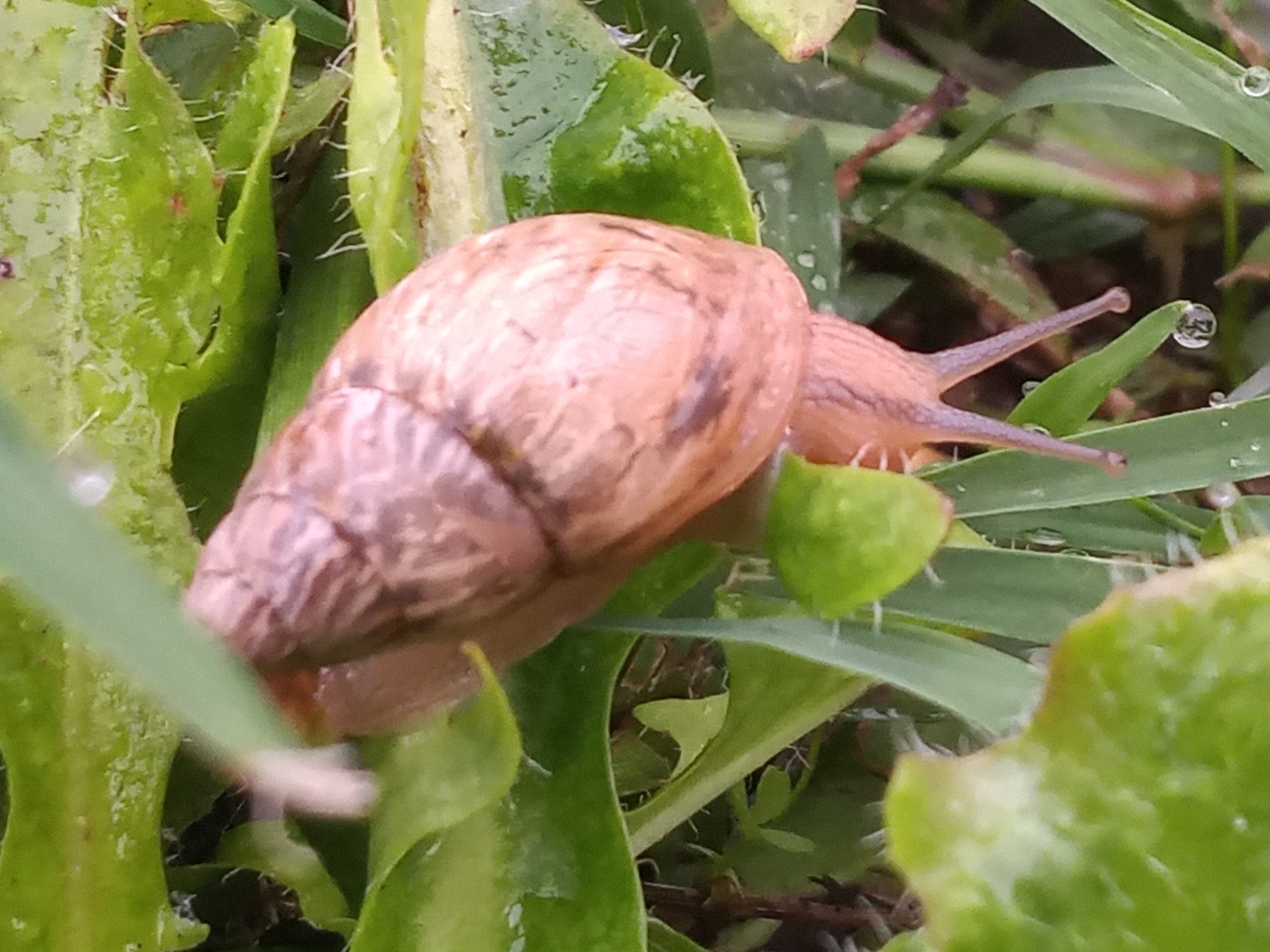
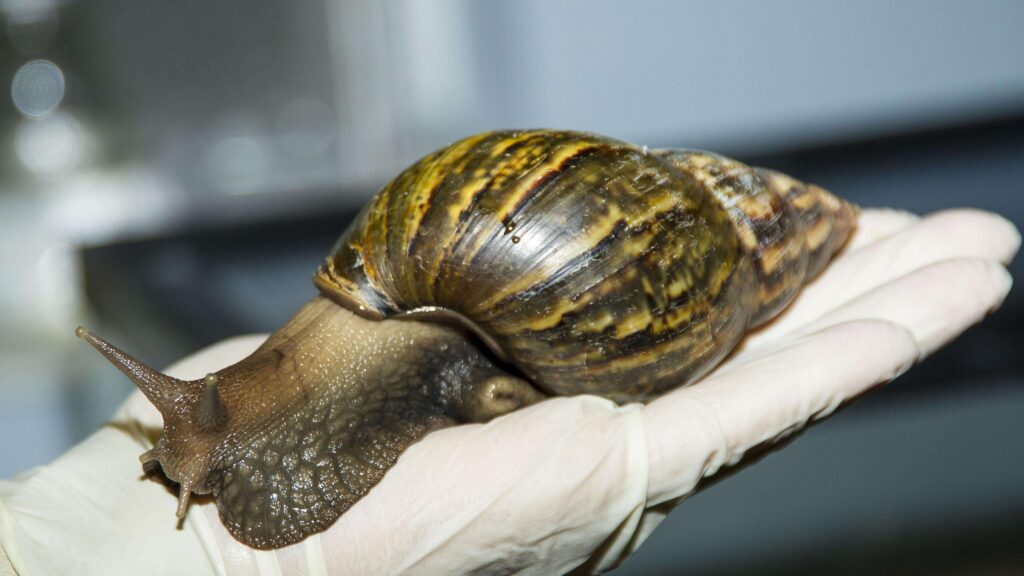
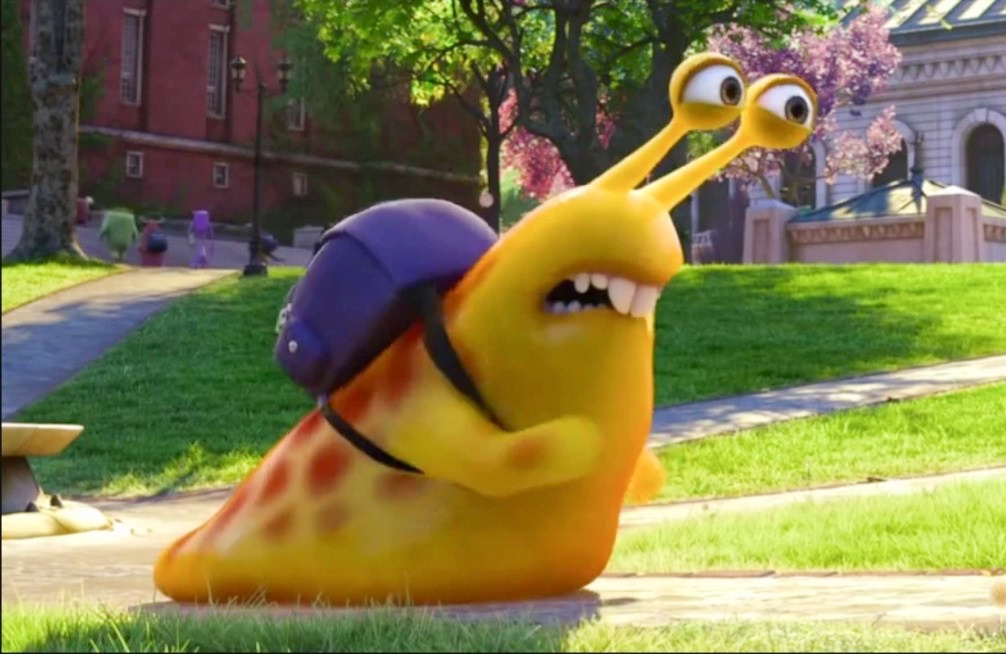
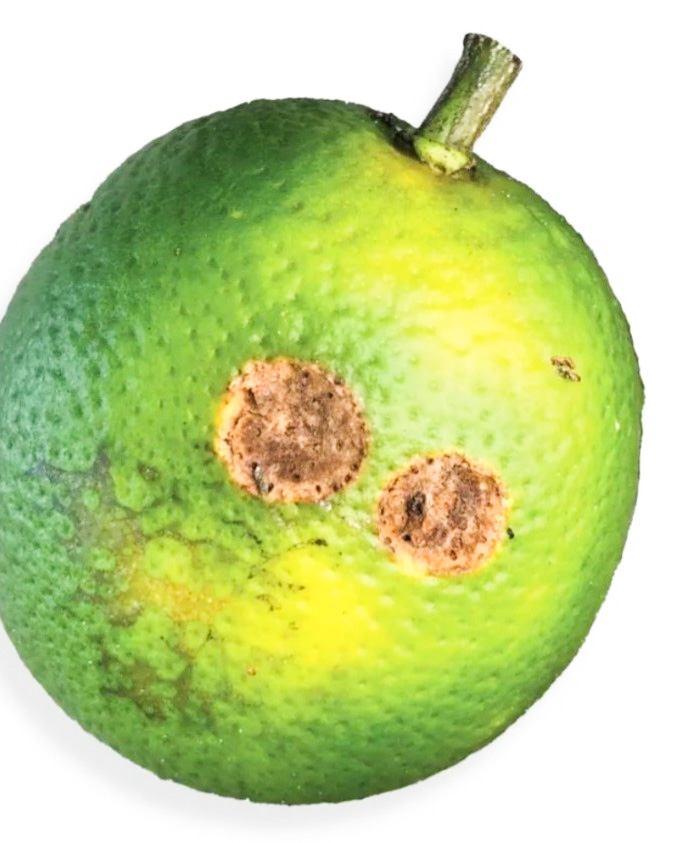
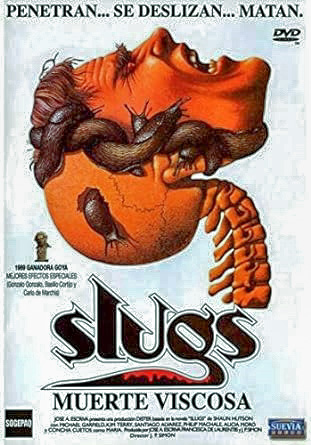
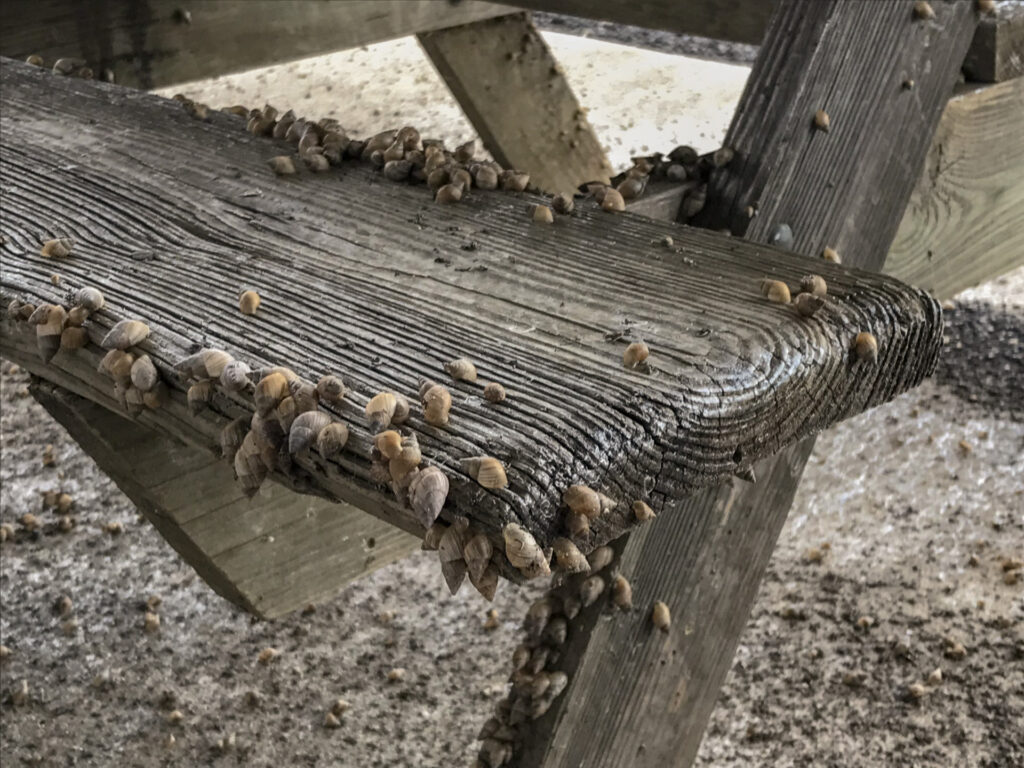
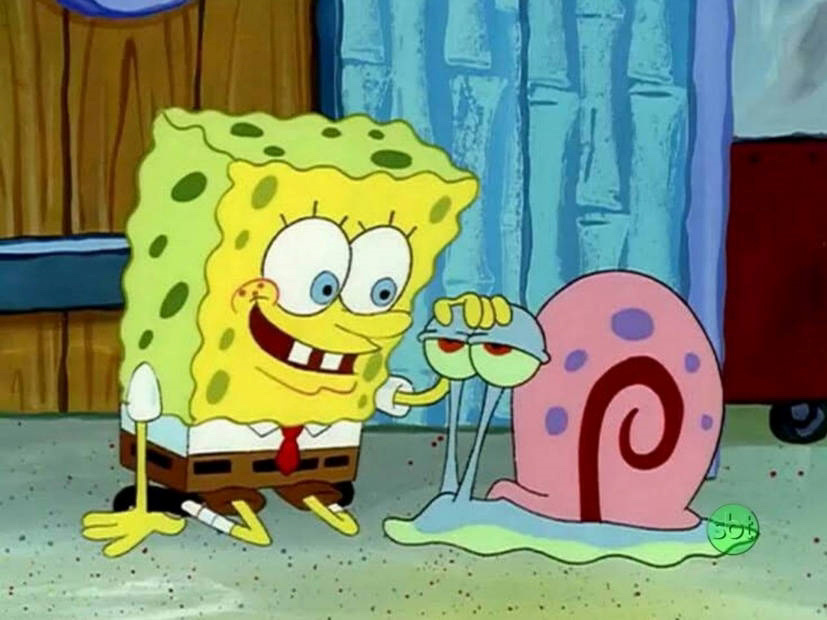
Meet the Editor
David Adlerstein, The Apalachicola Times’ digital editor, started with the news outlet in January 2002 as a reporter.
Prior to then, David Adlerstein began as a newspaperman with a small Boston weekly, after graduating magna cum laude from Brandeis University in Waltham, Massachusetts. He later edited the weekly Bellville Times, and as business reporter for the daily Marion Star, both not far from his hometown of Columbus, Ohio.
In 1995, he moved to South Florida, and worked as a business reporter and editor of Medical Business newspaper. In Jan. 2002, he began with the Apalachicola Times, first as reporter and later as editor, and in Oct. 2020, also began editing the Port St. Joe Star.